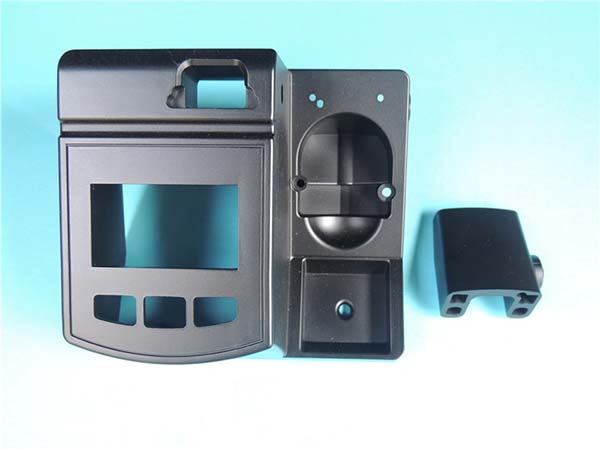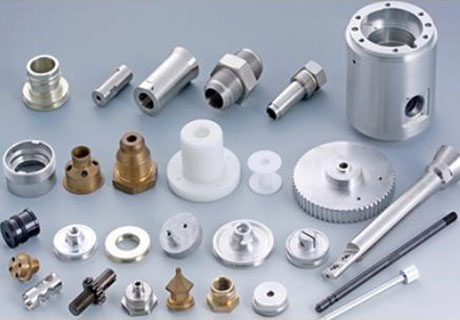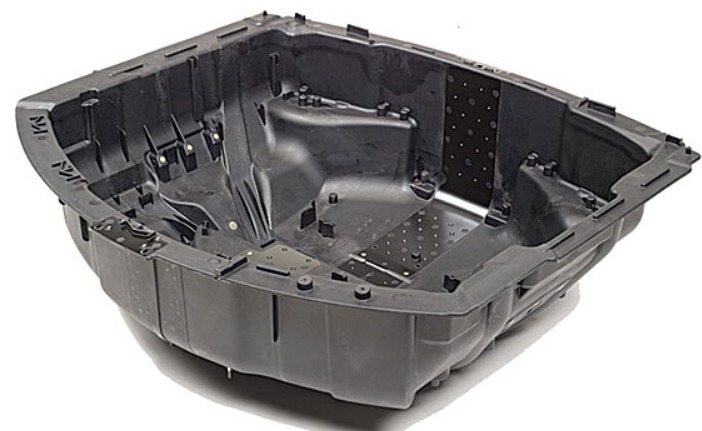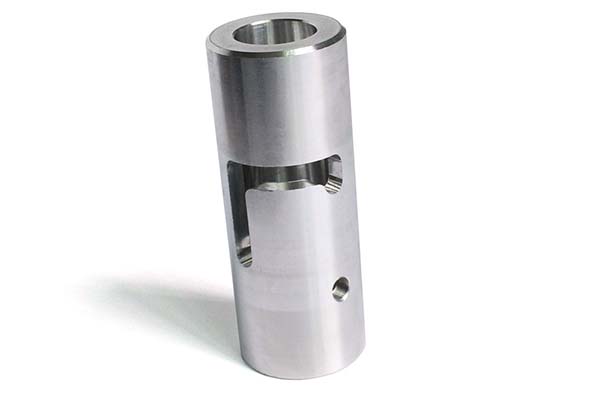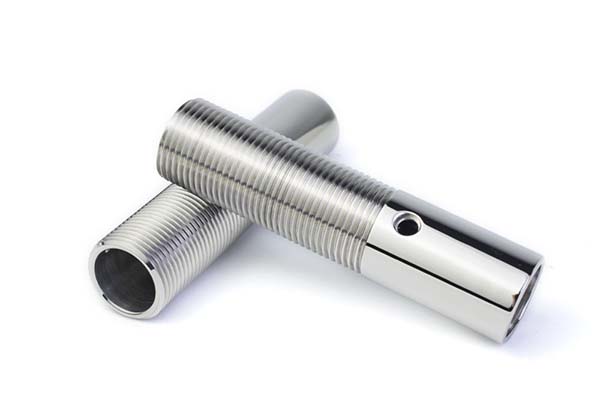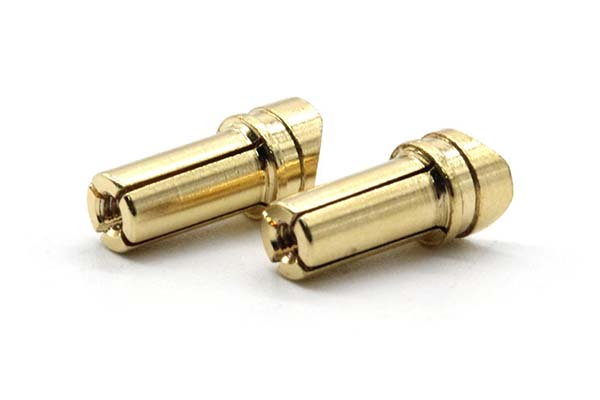CNC machining has revolutionized manufacturing, and the integration of PCs into this process brings both opportunities and challenges. Users often struggle with seamless PC integration with CNC systems, facing issues like data transfer delays, software compatibility problems, and difficulty in real-time monitoring. Additionally, choosing the right CNC software for PC that balances functionality with ease of use can be overwhelming, especially for small to medium-sized manufacturers. This guide addresses these pain points, offering insights into how PCs enhance CNC machining and how to overcome common integration hurdles.
CNC Machining Basics
At its core, Computer Numerical Control (CNC) automates manufacturing processes by using pre-programmed instructions to control machine tools. The machining process involves removing material from a workpiece to create precise shapes, with operations like milling, turning, and drilling being the most common.
Tool paths are the routes that cutting tools take to shape the material, generated using CAD/CAM software. These paths are translated into G-code (the programming language of CNC machines) and M-code (for auxiliary functions like coolant control), which the machine reads to execute actions.
Precision engineering is a hallmark of CNC machining, with modern systems achieving tolerances as tight as ±0.001 mm, far exceeding manual machining capabilities. Machine tools like CNC mills, lathes, and machining centers rely on PC integration to streamline programming, monitor processes, and ensure consistent quality across production runs.
PC Integration with CNC
PC integration with CNC systems has transformed manufacturing by enabling greater control, flexibility, and automation. PC-based CNC systems replace traditional proprietary controllers with industrial-grade computers, offering more processing power and easier software updates.
Data transfer between PCs and CNC machines is critical—USB interface and Ethernet connection are the most common methods, with Ethernet enabling faster, more reliable transfers for large files. Communication protocols like MODBUS or OPC UA facilitate real-time data exchange, allowing PCs to monitor machine performance and adjust parameters on the fly.
Real-time control is a key benefit, as PCs can process sensor data from the machine (like spindle speed or tool temperature) and make immediate adjustments to prevent defects. Industrial PCs and embedded systems are designed to withstand factory environments, with ruggedized hardware that resists dust, vibration, and temperature fluctuations.
Automation is enhanced through PC integration, with systems capable of running unattended production runs, scheduling jobs, and even ordering replacement tools when supplies run low. This reduces human error and increases productivity by up to 30% compared to manual CNC operation.
CNC Machining Applications
The versatility of CNC machining, amplified by PC integration, makes it indispensable across industries:
- Automotive parts: Engine components, gears, and chassis parts are produced with high precision, using PC software to ensure consistency across thousands of units.
- Aerospace components: Critical parts like turbine blades and aircraft brackets require tight tolerances, with PC-based systems enabling complex tool paths and in-process inspection.
- Medical devices: Surgical instruments and implantable parts are machined to exact specifications, with PC software tracking every step for regulatory compliance.
- Electronics manufacturing: Small, intricate parts like circuit board connectors benefit from PC-controlled precision engineering.
- Custom machined parts: Prototyping and low-volume production are streamlined, as PC software allows quick design changes and tool path recalculation.
PC integration also expands applications into fields like woodworking and plastic machining, where CNC routers and lathes, guided by PC software, create detailed designs with minimal waste.
CNC Software for PC
Choosing the right CNC software for PC is crucial for maximizing efficiency. CAD software (like AutoCAD or SolidWorks) is used to create 3D models of parts, while CAM software (such as Mastercam or Fusion 360) converts these models into machine-readable G-code.
Simulation tools within CAM software allow users to test tool paths virtually, identifying collisions or inefficiencies before machining starts—this reduces material waste by up to 20%. Programming software simplifies G-code creation, with features like parametric programming that automate repetitive tasks.
Open-source CNC software (e.g., LinuxCNC) offers a cost-effective alternative for small manufacturers, though it may lack some advanced features of commercial CNC software. Regular software updates are essential, as they add new capabilities, improve compatibility, and enhance security—critical for protecting intellectual property in connected systems.
CNC Machine Maintenance
PC integration not only enhances machining but also simplifies CNC machine maintenance. Preventive maintenance schedules can be automated through PC software, sending alerts when tasks like lubrication or tool replacement are due.
Machine calibration is streamlined with PC-based tools that compare actual machine performance to ideal parameters, generating reports to guide adjustments. Sensors connected to PCs monitor spindle health, detecting vibrations or temperature spikes that indicate potential failures.
Troubleshooting is faster with PC integration, as software logs error codes and performance data, allowing technicians to diagnose issues remotely. Access to spare parts databases through PC systems ensures quick ordering, minimizing downtime. Regular safety checks, tracked and documented via PC software, keep machines compliant with industry regulations.
CNC Machining Techniques
PC integration enables advanced CNC machining techniques that push the boundaries of precision:
- High-speed machining: PCs control spindle speeds up to 60,000 RPM, reducing cycle times while maintaining accuracy.
- Multi-axis machining: 5-axis machines, guided by PC software, create complex geometries in a single setup, eliminating the need for multiple operations.
- Surface finishing: PC-controlled tools adjust feed rates and cutting depths dynamically to achieve Ra values as low as 0.02 μm, critical for optical or medical parts.
- Laser cutting and water jet cutting: These non-traditional techniques are precision-controlled by PCs, cutting materials from metals to composites with minimal heat affected zones.
PC software also optimizes roughing and finishing strategies, using algorithms to balance material removal rates with surface quality.
CNC Machining Materials
CNC machines, guided by PC systems, handle a wide range of CNC machining materials:
- Metals: Aluminum, steel, and titanium are commonly machined, with PC software adjusting parameters for each—e.g., slower feed rates for hardened steel to prevent tool wear.
- Plastics: Delrin, nylon, and polycarbonate require careful heat management, as PCs monitor spindle speed to avoid melting.
- Composites: Layered materials like carbon fiber are machined with PC-controlled tool paths that minimize delamination.
- Exotic materials: Carbides and titanium alloys demand specialized tools and PC-optimized parameters to balance precision with tool life.
PC software stores material-specific databases, allowing operators to recall proven parameters for consistent results, reducing setup time by 30% or more.
Yigu Technology's Perspective
Yigu Technology leverages PC integration to enhance CNC machining capabilities for our clients. We use advanced PC-based CNC systems with real-time monitoring to ensure precision across all projects, from automotive parts to custom prototypes. Our team selects CNC software for PC that balances power and usability, training staff to maximize its potential. We prioritize seamless data transfer and software updates to stay ahead of industry trends, ensuring our clients benefit from reduced lead times and improved part quality. Whether integrating new PC systems or optimizing existing ones, we tailor solutions to each manufacturer’s unique needs.
FAQ
- How does PC integration improve CNC machining precision?
PCs enable real-time monitoring and adjustment of machine parameters, ensuring tool paths stay accurate even as conditions (like temperature) change. They also store precise material and tool data, reducing variability between runs.
- What are the main challenges of PC integration with CNC?
Common challenges include software compatibility issues, latency in real-time control, and securing data transfers. These are addressed by using industrial-grade hardware, standardized communication protocols, and regular software updates.
- Is open-source CNC software suitable for industrial use?
Open-source software like LinuxCNC works well for small-scale or custom applications but may lack advanced features (e.g., 5-axis simulation) needed for high-volume industrial production. Commercial CNC software is better for complex, large-scale operations.
